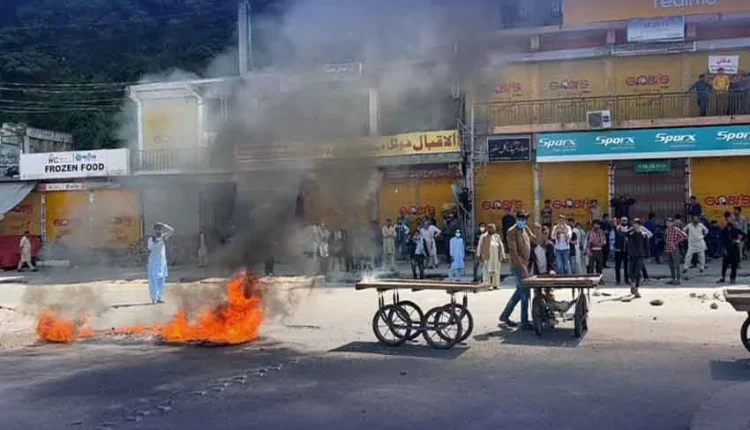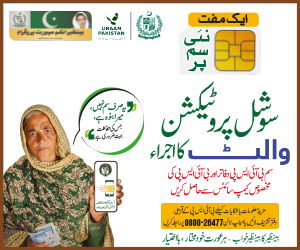Book Review: The Untold Story of the People of Azad Kashmir
Chapter 2: “The People: Dividing Jammu and Kashmir”
Everyone always starts the Kashmir story in Srinagar. I mean, that’s the classic opening, right? But Christopher Snedden, this Aussie historian, just flips the script. Instead of the usual Srinagar drama, he drags you right into Jammu — and honestly, it hits way harder. That’s where, according to him, the whole Kashmir mess actually kicked off.
So, Chapter Two — “The People: Dividing Jammu and Kashmir.” And boy, Snedden doesn’t mess around. He digs up one of those Partition nightmares people barely talk about: the massacre of Muslims in Jammu, 1947. It’s not pretty. The Dogra rule crumbles, the British bounce, and suddenly, it’s open season. Trains full of refugees just disappear. Villages torched. Families? Gone. Poof. An entire world wiped out, and barely anyone remembers.
What’s wild is, Snedden doesn’t even lean on the melodrama. He just lets the facts and old reports do the talking — British files, Indian sources, Pakistani archives, you name it. And it turns out, all that horror? It didn’t just vanish into thin air. Those refugees became the backbone of the Azad Kashmir movement. The so-called “tribal invasion” wasn’t just some random rampage — it was payback, fueled by trauma and rage.
The heart of this chapter? It’s about giving back a little dignity to the folks history tried to erase. Everyone talks about Hindus and Sikhs leaving the Valley, but no one seems to remember the Muslim blood spilled in Jammu. Snedden basically says, hey, you can’t shrink this down to some political slogan or a line in a UN report. Real people died, and it matters.
He’s not pointing fingers, just laying it out there: the Kashmir problem didn’t start in some fancy meeting — it started with people getting kicked out of their homes, screaming for help, and nobody listening. That’s why this chapter stings. It’s raw. It’s real. And, honestly, it’s necessary.
Even now, with everyone yelling over each other about Kashmir on TV, Snedden’s book is like, “Yo, stop. Listen.” Peace isn’t about pretending nothing happened — it’s about facing up to the ugly truth. Until people actually acknowledge what happened to Jammu’s Muslims, peace is just a fantasy. The land’s split, and so are the hearts.
And here’s the kicker: the tragedy didn’t just stop in 1947. Refugees from Jammu? Still waiting for someone to care. Their kids and grandkids are out there, living in limbo, still carrying that pain. Real freedom for Kashmir? Won’t happen until those old wounds finally get some justice. Otherwise, it’s just another chapter in a book nobody wants to finish.






Comments are closed, but trackbacks and pingbacks are open.